As two gemsbok (African oryx) approached, it was obvious that one was a mature bull. Waiting patiently, as he quartered away, I drew. I was shooting my wife’s bow. In my head I questioned the light poundage. Settling the sight pin tight to his shoulder, my back muscles tensed and I released. The Easton shaft penetrated deep into his chest. Gemsbok are comparable to elk; thick and girthy. Even still, the 100-grain G5 Montec went to work, and after only a short 40-yard sprint, he collapsed.
I generally have a backup bow, but on this last trip to Namibia, I only had one. Unforeseen technical issues presented a dilemma. On the bright side, my wife shoots the same bow, but with lighter limbs. Set at a draw weight of 48-pounds, her bow was deadly accurate and she’d already taken a warthog, baboon and gemsbok with it on that trip.
I had no choice. If I was going to bow hunt, it would have to be with her bow. In turn, she graciously allowed me adjust her sights to suit me. Purple highlights and all, I was able to take a gemsbok and hartebeest with her lighter equipment. It was on that trip that I realized that bigger isn’t necessarily better when it comes to draw weight.
POUNDAGE
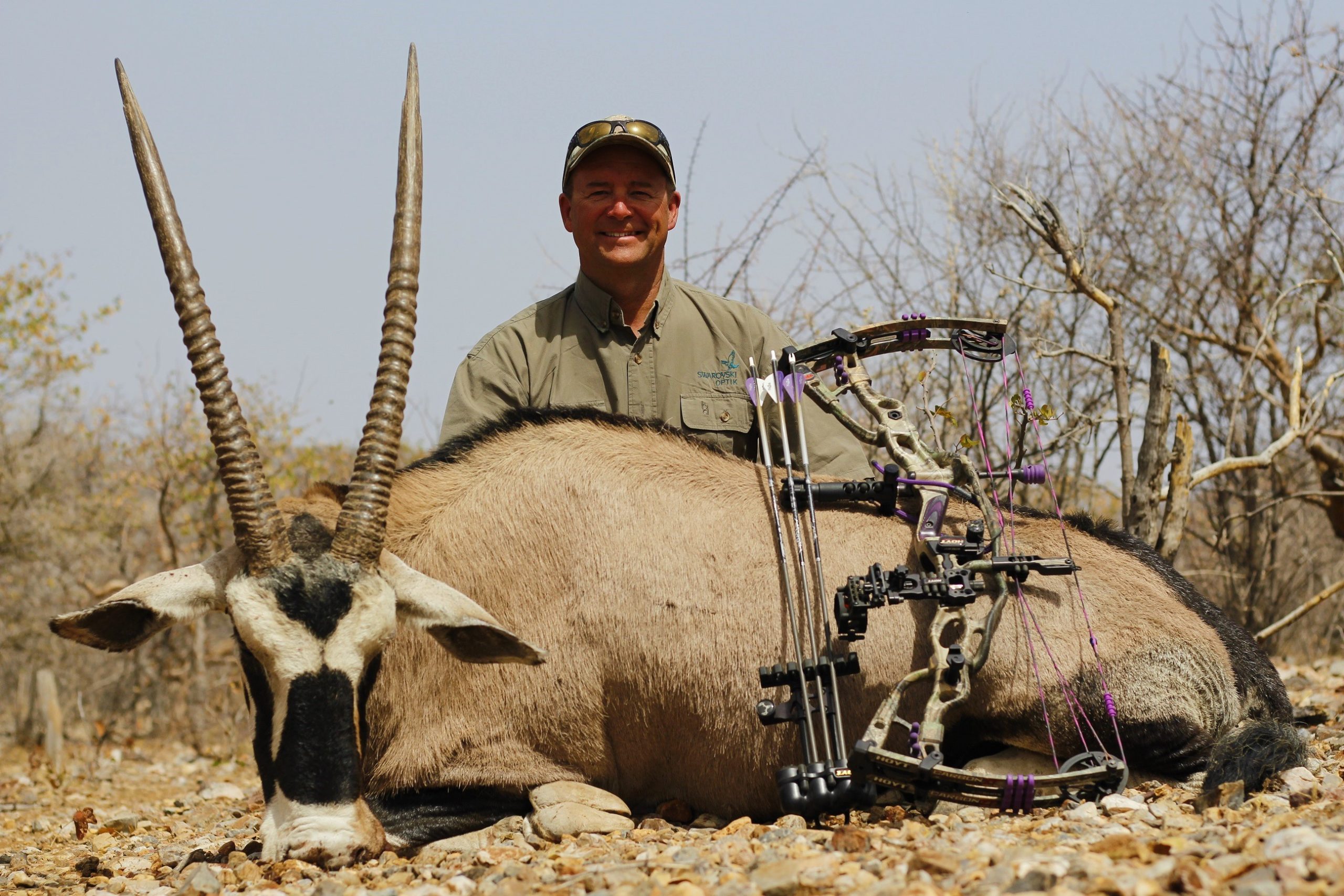
My first compound bow, back in 1989, was a PSE Polaris. It was set at 78-pounds, and I had a 28-inch draw length. At 22 years of age, I was bigger and stronger back then. Honestly, I can’t imagine pulling that weight now.
Archery is a precision shooting sport. As such, it requires biomechanical proficiency and strength. While muscle memory and fitness will always be part of the bowhunting equation, with today’s technology, there is arguably no need to pull extreme draw weights. All else being equal, I know many competitive 3D archers and bowhunters who pull between 55- and 60-pounds. Most of the year, I pull 62-pounds. That’s comfortable and accurate for me out to 90 yards. Even still, hunting extreme cold conditions in November, I now turn my Hoyt Carbon RX-8 down to 56-pounds. This helps compensate for the bulky clothing and inevitable fatigue during long frigid days on stand.
MINIMUM DRAW WEIGHTS
While some states don’t have a restriction, most jurisdictions across North America do have minimum draw weight requirements for bowhunting. These generally vary from 35- to 50-pound minimums, largely dependent upon the size of game archers will be hunting. For instance, if you want to hunt bison in British Columbia, bowhunters are required to shoot a bow with a minimum 50-pound draw weight. By comparison, last I checked, Florida and Indiana for instance, where deer are the popular target species, 35-pounds is the required minimum.
The rationale behind minimum draw weight is to ensure sufficient penetration to facilitate a quick kill. Many of these minimums were established decades ago, when bows needed to load with greater poundage to deliver suitable downrange energy. In recent years however, today’s limb and cam technology, is more efficient, delivering stored energy better and faster.
Why is this relevant? Simply put, a valid argument can be made to lower those minimums. Given the stored kinetic energy accommodated by today’s compounds, a lot of bowhunters now suggest that a 30-pound minimum may be more suitable to accommodate younger bowhunters, and those of a smaller build.
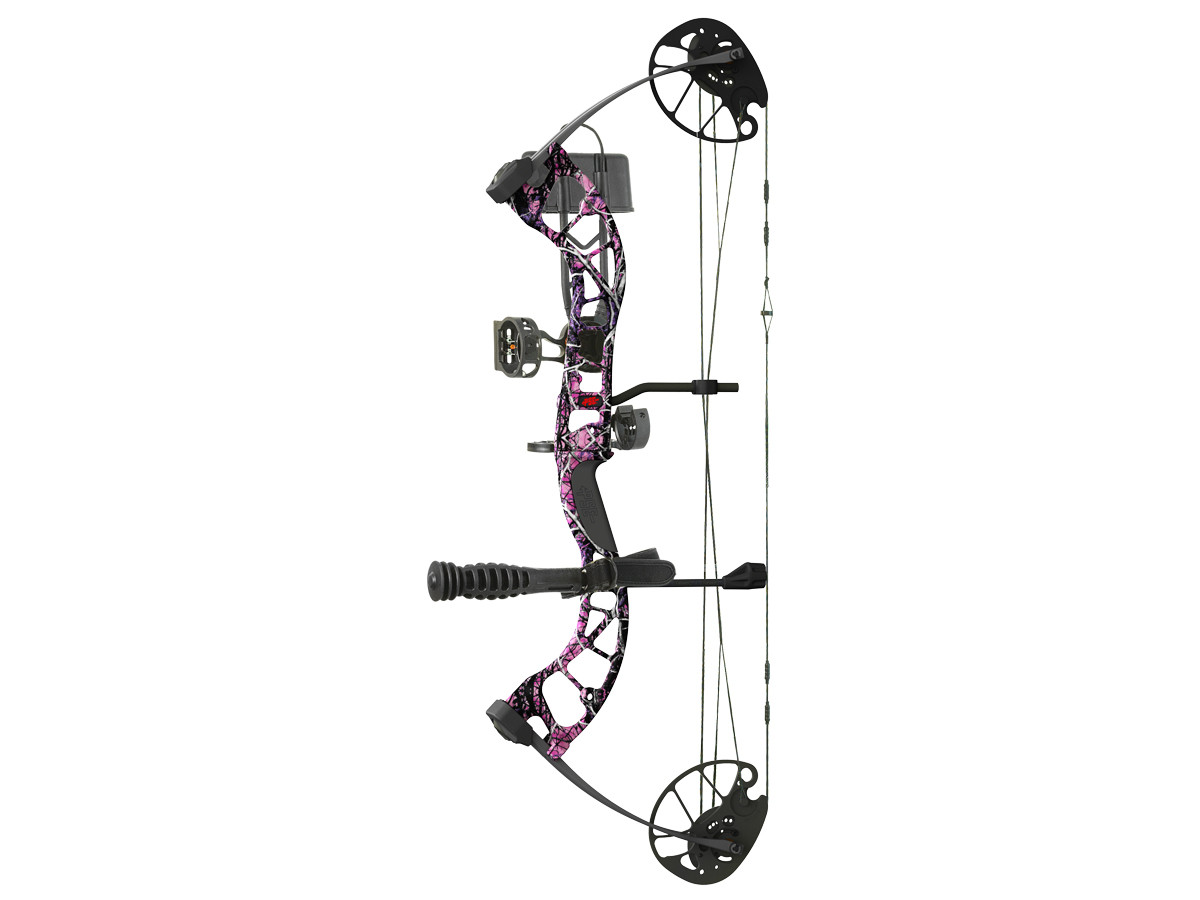
STATURE AND AGE CONSIDERATIONS
The fact is, with practice, most average-sized males between 16 and 40 years of age, typically don’t have an issue pulling higher draw weights. Is it necessary? Not really. Is it better? The answer is complex. Faster, bows will indeed shoot flatter, which means tighter sight pins, in turn theoretically minimizing the margin for shooting error. Slower bows – or those with lighter draw weights – require sight pins to be set further apart … so there’s that. If you understand kinetic energy though, you know that we also want to consider total grain weight and Front of Center (F.O.C.), in order to fully appreciate necessary draw weight – but we’ll leave this extended topic for a future post.
Likewise, it’s also important to know that bows shoot better at the upper limits of their limb window. For instance, if you have 50-60-pound limbs, your bow will usually perform best set closer to 60-pounds. For youth looking to start bow hunting, a 40-pound minimum can sometimes be a stretch. Many women, particularly those with a slight build, can find that same 40-pound minimum tough to deal with as well. So, the question stands – is it more important to have them struggle to draw and hold 40-pounds, in turn making it more difficult to make an accurate shot? Or would it perhaps be better to acknowledge the entire equation, considering a lowered draw weight requirement, combined with an arrow grain weight and F.O.C. consideration?
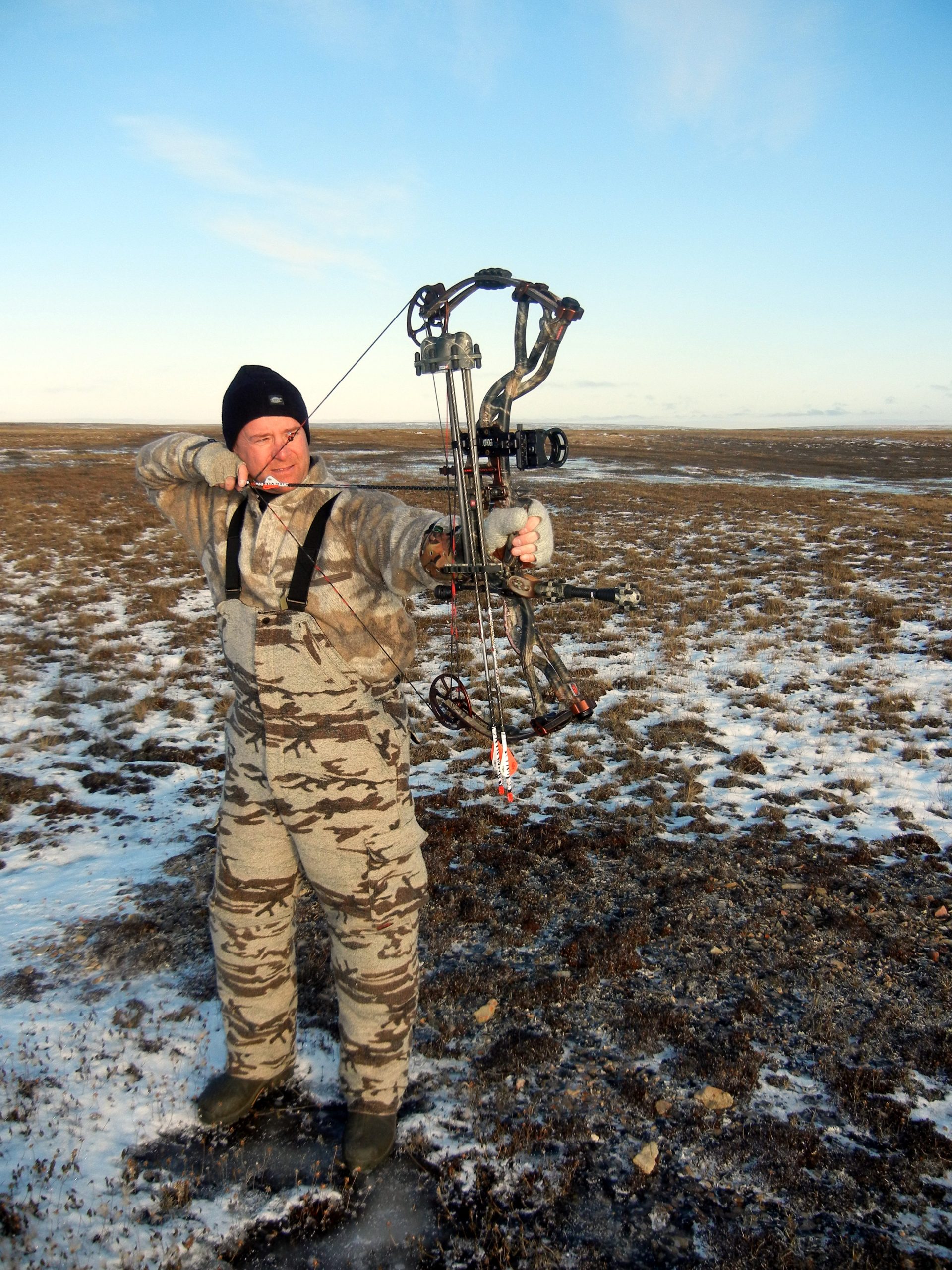
Then there’s the other end of the age spectrum. Male or female, as we get older, muscles atrophy. Most of us struggle to pull the same draw weight as our younger peers. On average, many men will adjust their draw weights to between 50- and 60-pounds by the time they turn 55, give or take. Thankfully, given the extreme efficiency of today’s bows, this is working just fine.
So, the question stands – are contemporary draw weight minimums still relevant? Or should they be revised?
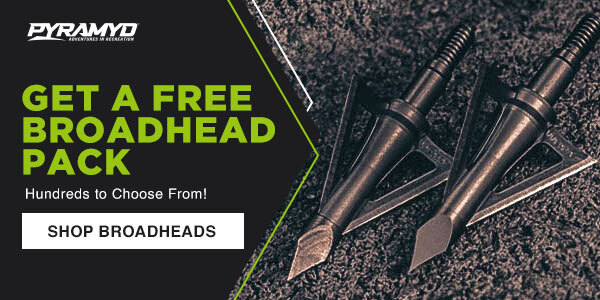
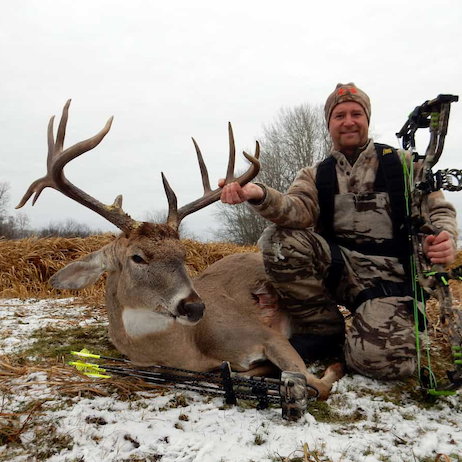
Kevin, thank you for this interesting and informative report. 🙂
“Male or female, as we get older, muscles atrophy.” That is true. However, if you strive to stay physically fit, maintaining a good exercise routine, which should include some muscle-building, eat sensibly and healthy, ensuring adequate protein intake, you’ll stave off that atrophy and weakness even into your 70s and beyond. What is “adequate protein intake?” According to FM’s cardio doctor-friend, “100 grams a day,” at least for us older types. FM is 74.
May you enjoy many more years of stringing those bows and bringing down your quarry.